What Is 6.5 Creedmoor?
June 1st, 2022
8 minute read
The 6.5 Creedmoor is a rifle cartridge known for its accuracy and has become popular for various shooting applications, including hunting and precision target shooting. In this article, Wayne van Zwoll explores the origins of the cartridge, discusses its uses and provides some velocity comparisons to other cartridges.
“Your call,” whispered Ray. Steady, prone, I knew the distance, and the air is dead. Still, the elk was far, and quartering too steeply. The red sun had all but submerged, when, unexpectedly, he turned. I pressed the trigger. The bull sun-fished, sprinted, then crashed into the sagebrush.

That may have been the first elk shot with the cartridge. Now, 14 years after its debut, Hornady’s 6.5 Creedmoor has accounted for many thousands of beasts worldwide. Comfy in any rifle action suited to the .308, it’s on chambering rosters of rifles designed before World War II, and new models like Springfield Armory’s Waypoint.
It’s about time 6.5s got some love.
They date to the early days of smokeless powder. A century ago, explorers Frederick Courtney Selous and W.D.M. Bell dropped elephants with the mild 6.5×54 Mannlicher-Schoenauer, its long solid bullets threading enormous skulls to find the brain. In North America, Charles Sheldon packed a 6.5×54 rifle for moose and brown bears.
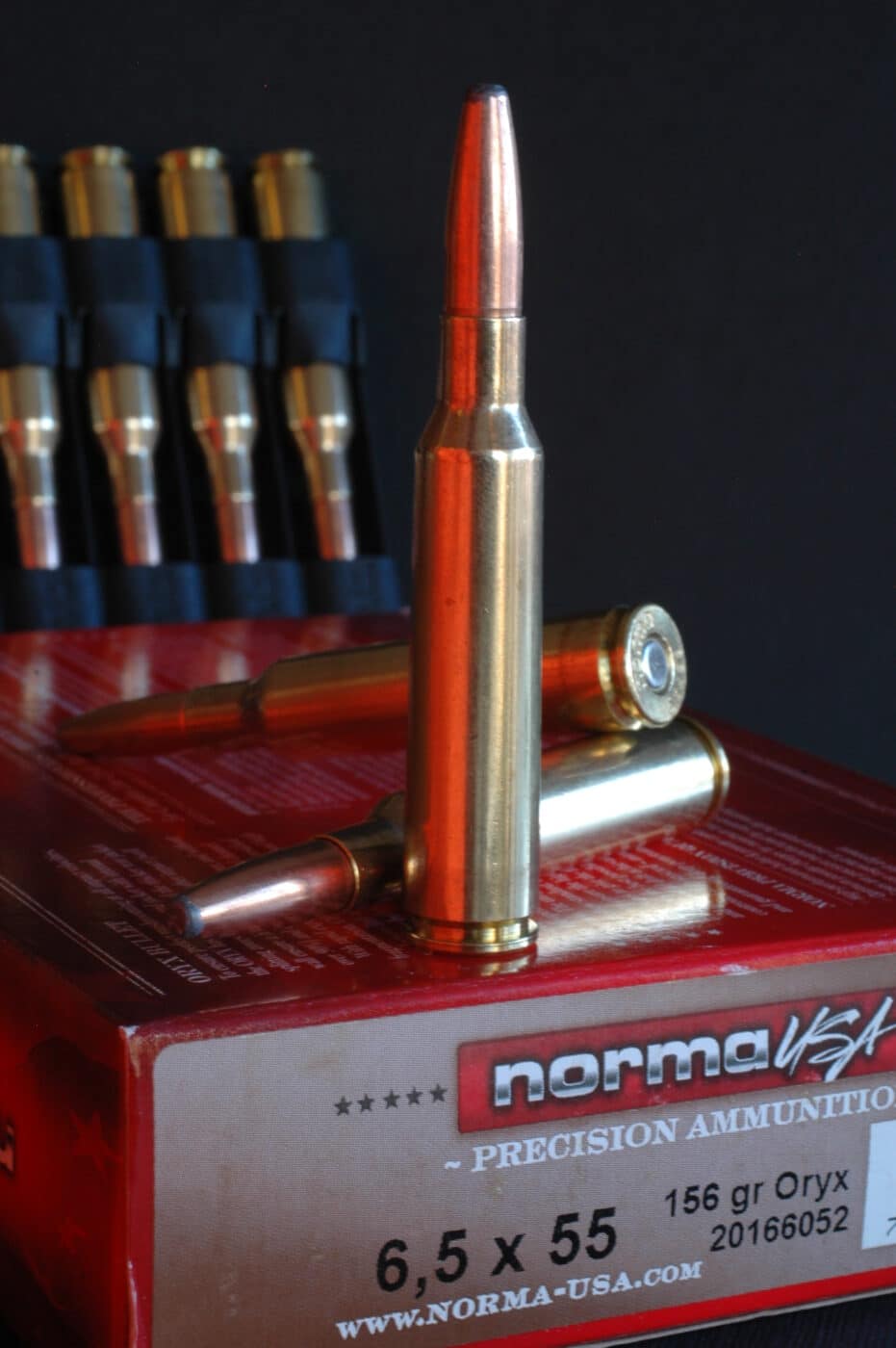
Initially a Greek military round, the 6.5×54 M-S joined a family of similar smokeless cartridges launching 6.5mm (.264-diameter) bullets in the 1890s. Italy adopted the 6.5×52 Mannlicher-Carcano in 1891. A year later the rimmed 6.3x53R Mannlicher was picked up by Dutch and Romanian army units. Sweden equipped soldiers with its own 6.5×55 in 1894. The 6.5×50 Arisaka appeared in 1897, earning its keep eight years later in the Japanese Army’s Model 38 rifle. The 6.5×57 stayed out of uniform after its 1894 debut, but hunters liked it (and, in hinged-breech kipplaufs, the 6.5x57R). Other 6.5s pre-dating the Great War would wilt, as more powerful rounds courted sportsmen.
One of these, the 6.5×68 Schuler, arrived from RWS in 1939. It sent 123-grain bullets at 3,150 to 3,450 fps, depending on who’s talking. Once, in Spanish hills, the ibex were winning when a local fellow invited me to hunt with him the final afternoon. “Use my rifle.” What could I say? Spotting a ram many leagues off, he urged me to fire, declaring his 6.5×68 shot so flat I needn’t hold high. Politely, I demurred. We reeled in a football field. Again he insisted I shoot. The ram was still 400 meters off. “Too far,” I said. Throwing up his hands, he shooed me on. Fortune smiled; I made a killing hit at 200 steps.
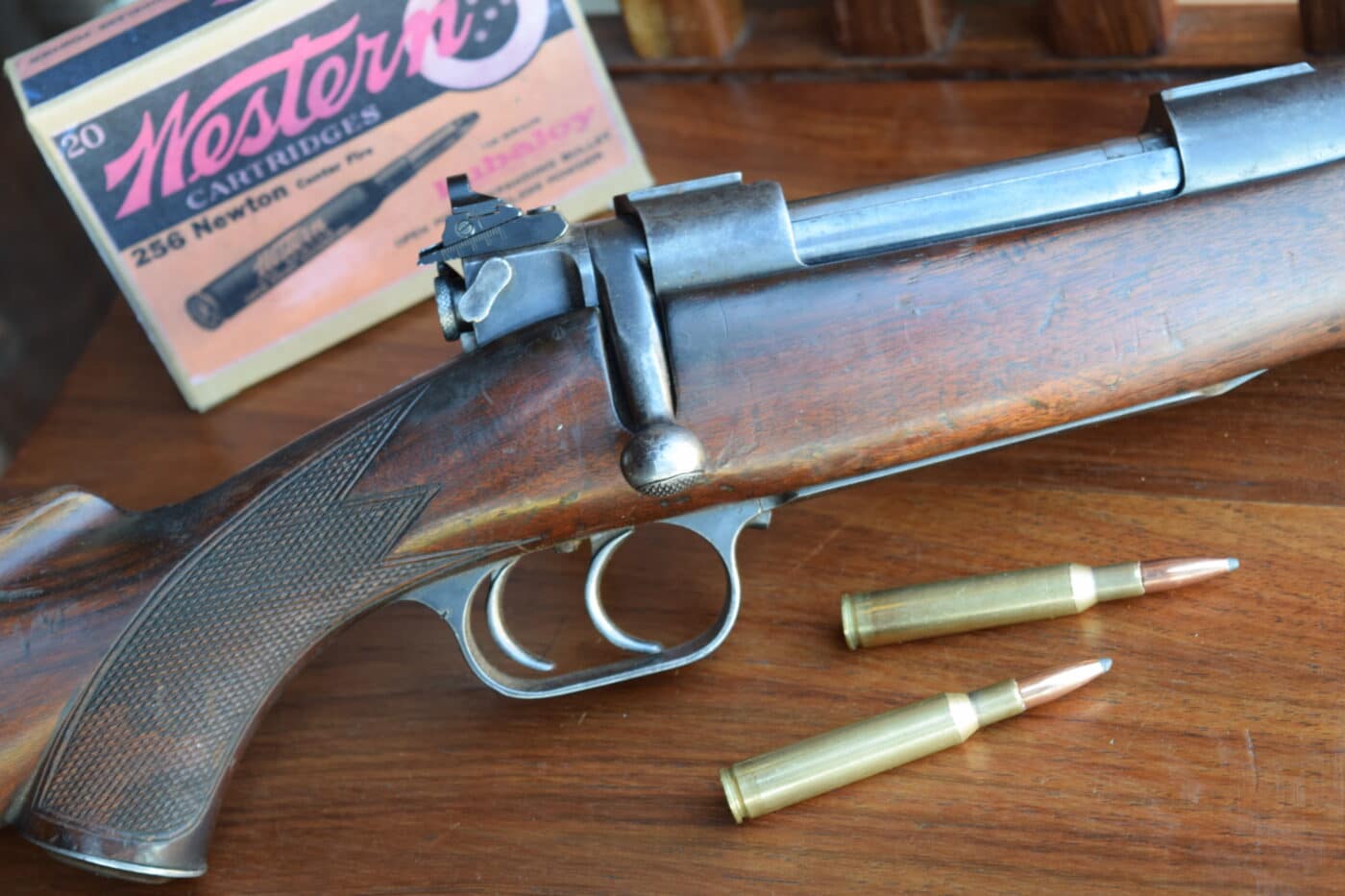
Meanwhile in the U.S., all the chips were on .30s. The .30-40 Krag acceded to the .30-06 in Army ranks, as deer hunters warmed to the .30 W.C.F. (.30-30). In 1913 Charles Newton’s .256 became the first commercial 6.5 in the U.S. A tad shorter than the .30-06, it drove 129-grain .264 bullets at 2,760 fps. But Newton battled many headwinds getting his rifles and cartridges to market. They faded. Competition from Savage’s .250, Winchester’s .270 and the .257 Roberts ate into demand for 6.5s. Memories of American troops attacked by Japanese and Italian 6.5s in WWII may also have worked against the .264 bore. Despite a tide of surplus Swedish Mausers, no U.S. firm loaded 6.5×55 ammo until Federal relented in 1991.
Bringing Up the Rear
A stateside counterpart to the 6.5×68 appeared 20 years after the Schuler. Winchester announced its .264 Magnum, third in a line of short belted magnums, in 1959. Alas, factory loads featured only 100- and 140-grain bullets, the latter on the edge of suitable for big elk in timber. In ’62 Remington upstaged it with an almost identical 7mm round, marketed with 150- and 175-grain bullets.
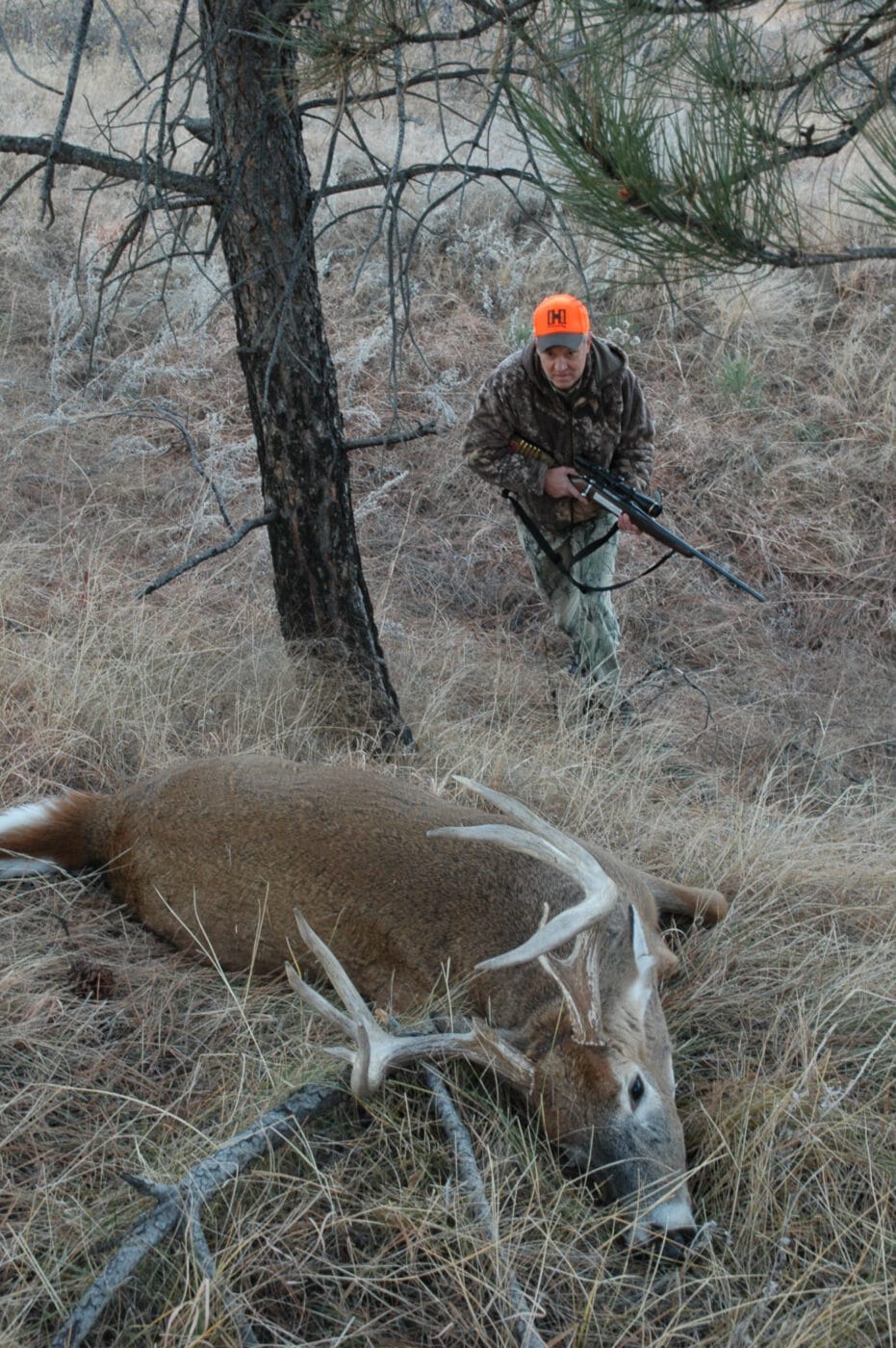
An all-purpose western big game cartridge that “shot as flat as a .300 but kicked like an ‘06,” the 7mm Remington Magnum sold like lemonade at a July rodeo. The .264 Win. Mag. languished. So did the belted, short-action 6.5 Rem. Mag., a ballistic twin to the .270, unveiled in 1966. It appeared in Models 600 and 660 carbines, 1965 to ‘71. The wildcat 6.5/284, was then blessing able 1,000-yard competitors with lofty scores, despite a case that crowded short actions. But it rarely appeared in hunting circles. Norma and Black Hills would later supply factory loads.
AR-15s inspired other 6.5 rounds. The 6.5 Grendel evolved from the Benchrest clan’s 6.5 PPC. It reaches 2,500 fps with 129-grain bullets. Bill Alexander and Arne Brennan so chambered a barrel in 1998 — and proved its potential. With a bolt rifle, Brennan used the Grendel to drill a 600-meter group less than 1.2 inches across! The Grendel’s 1.52-inch case is shorter than the .223’s, but loaded length is the same.
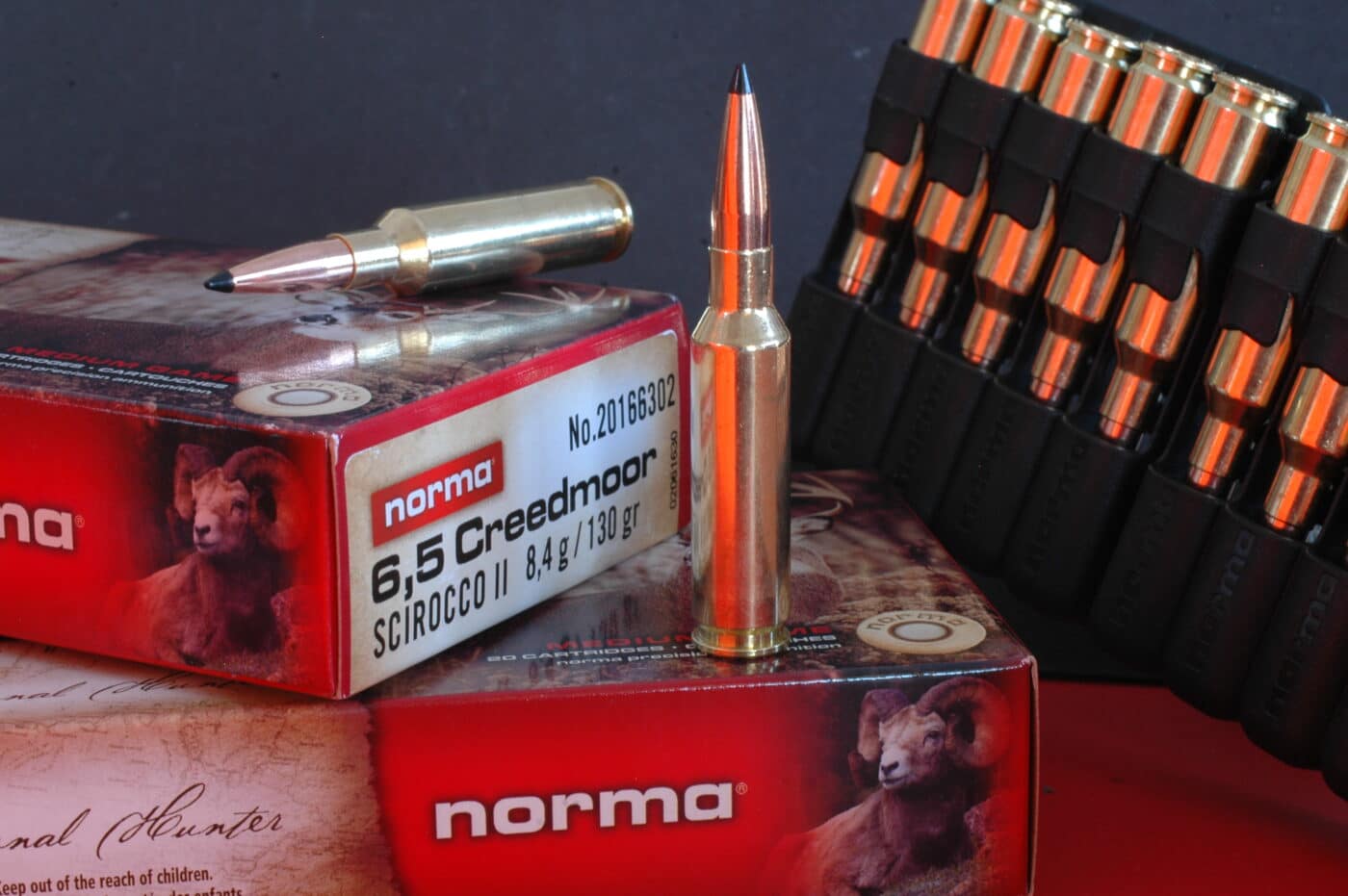
A tide of frisky 6.5s welcomed the 21st century. The .260 Remington arrived in 2002. A necked-down .308, it trailed the versatile 7mm-08, whose popularity certainly affected .260 sales. Earlier, I was handloading the 6.5 Redding wildcat (on the .308 hull, with 30-degree shoulder). The 26 Nosler came in 2014, first in a line of rimless magnums on the big .404 Jeffery case. It doesn’t sell as well as the later 28 and 30 Noslers, introduced with the 33 Nosler the following year. Not to be outdone, Weatherby necked its most popular full-length magnum to .264 to yield the 6.5-.300 Wby. Mag. Shortly thereafter came the 6.5 RPM (Rebated Precision Magnum), sized to use all available space in the six-lug Mark V rifle action.
Far and away the most popular 6.5 now is the 6.5 Creedmoor, named after the famous shooting range on New York’s Creed’s Farm that once hosted long-range rifle competition. “It was a collaboration with competitive ace Dennis Demille,” Dave Emary told me upon its 2008 debut. “He wanted something off the shelf that was match-accurate and shot at least as flat as the .308 but with less recoil.” Dave is also an accomplished high-power shooter; 14 years ago he was Hornady’s senior ballistician. “We settled on the .30 T/C case, and rifling twist steep enough to stabilize bullets longer than our standard 140-grain flat-base. My colleague Joe Thielen helped a lot with the project.” In retrospect, Dave recalls a sluggish start in Creedmoor sales. “But once we advertised hunting ammo, they took off. Our marketing was spot on.”
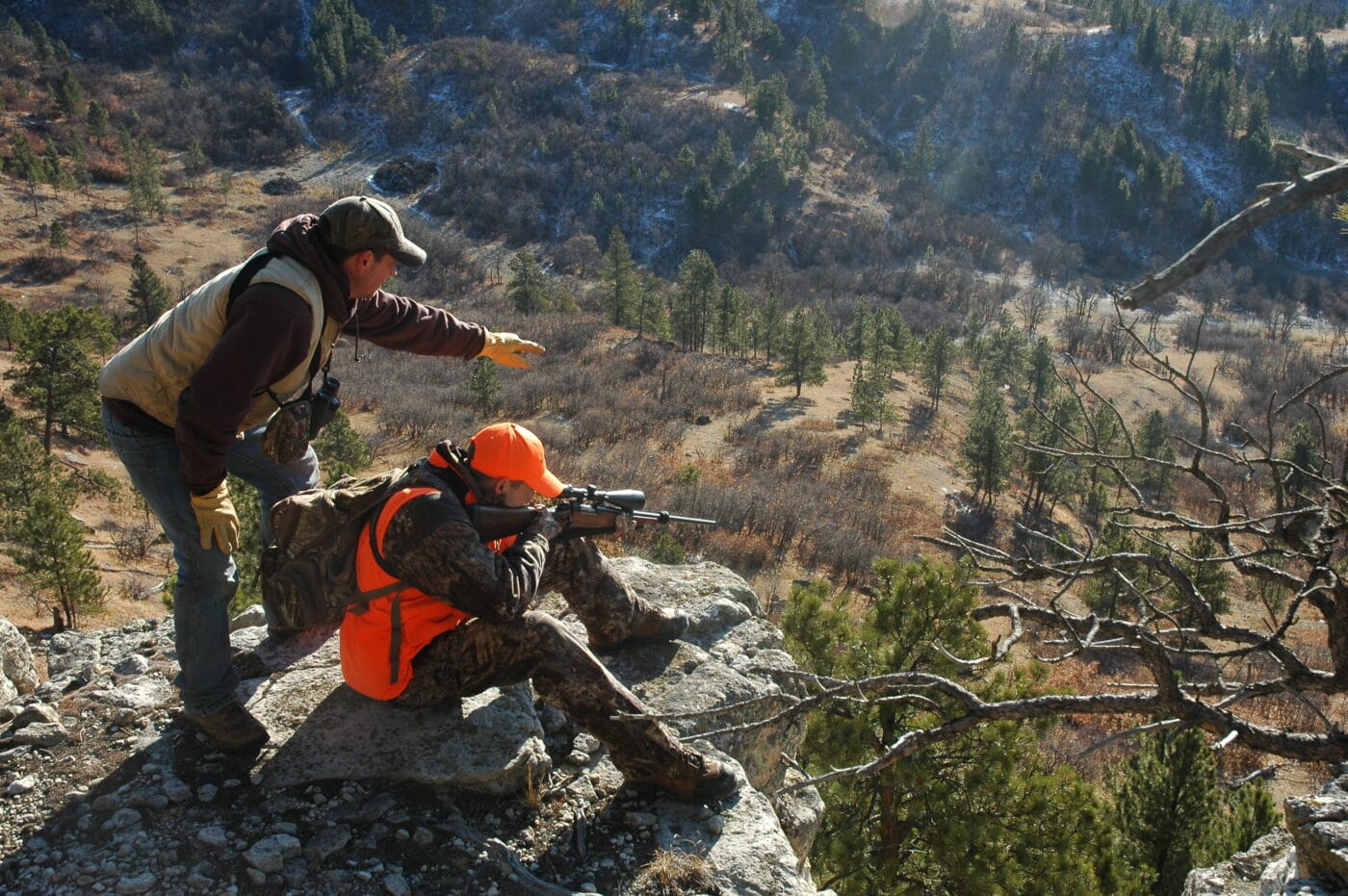
Ballistically, the 6.5 Creedmoor performs about like a .270 at normal hunting ranges. At distance, the high ballistic coefficients of Hornadys recent 140- to 143-grain 6.5mm bullets, designed with Doppler radar, pull them past .270 bullets that can be started faster. The Creedmoor suits short actions better than the 6.5×55 Swedish and handles long VLD (Very Low Drag) bullets better than Remington’s under-sung .260. Modest recoil and the accuracy of Hornady factory loads boost the Creedmoor’s image. Even “entry-level” rifles nip teeny groups.
Hornady 6.5 Creedmoor 143-grain ELD-X Load
| Muzzle | 100 yards | 200 yards | 300 yards | 400 yards | |
| Velocity | 2,700 fps | 2,556 fps | 2,417 fps | 2,282 fps | 2,151 fps |
| Energy | 2,315 ft-lbs | 2,075 ft-lbs | 1,855 ft-lbs | 1,654 ft-lbs | 1,470 ft-lbs |
| Arc | -1.5″ | 1.9″ | 0.0″ | -7.9″ | -22.4″ |
Prodding the Edges of 6.5 Creedmoor Performance
But though the 6.5 Creedmoor punches above its weight on game, it isn’t magic. I found its limit.
The eland had taken my 120-grain GMX in the near lung. The angle was near-perfect, my shot sent to the off-shoulder. Surely it would be a short trail. But the great splayed prints led uphill, into rock and heavier thorn. An hour passed; bloodstains became smaller, less frequent. We were losing the track.
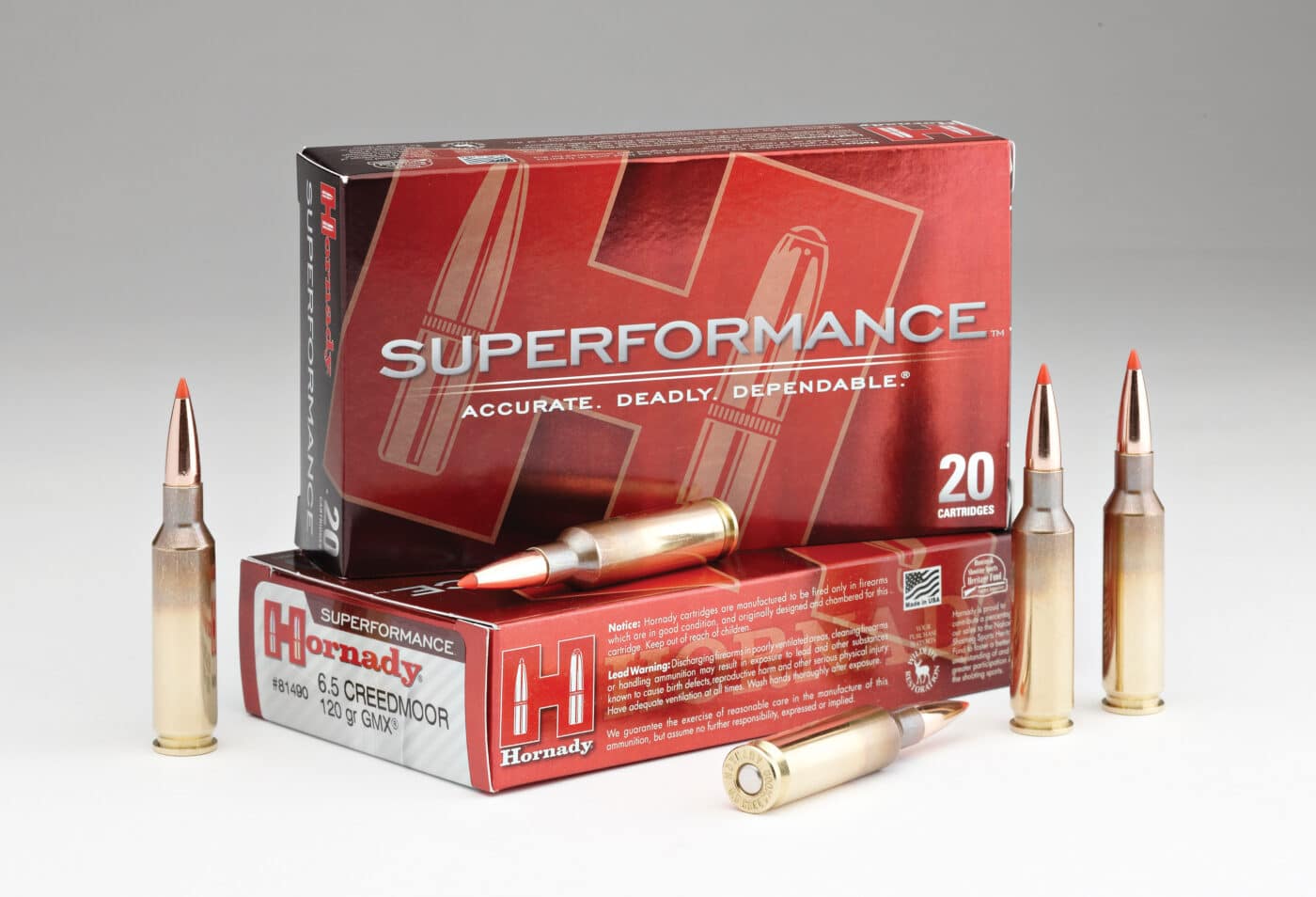
“There!” My tracker and I spied the horn tip at once, just as a clatter of stones took it from sight and into a broad, deep draw. I scrambled ahead and glimpsed the bull lunging up the far side. Jamming the rifle onto the sticks, I fired quickly. I flicked the bolt, shot again as the bull vanished.
We found him dying. The bullet had sliced the dorsal aorta near the spine. A lucky shot. The first hit was good, but eland can weigh a ton. Flat flight and accuracy aren’t alone sufficient to kill such beasts. You need a big missile.
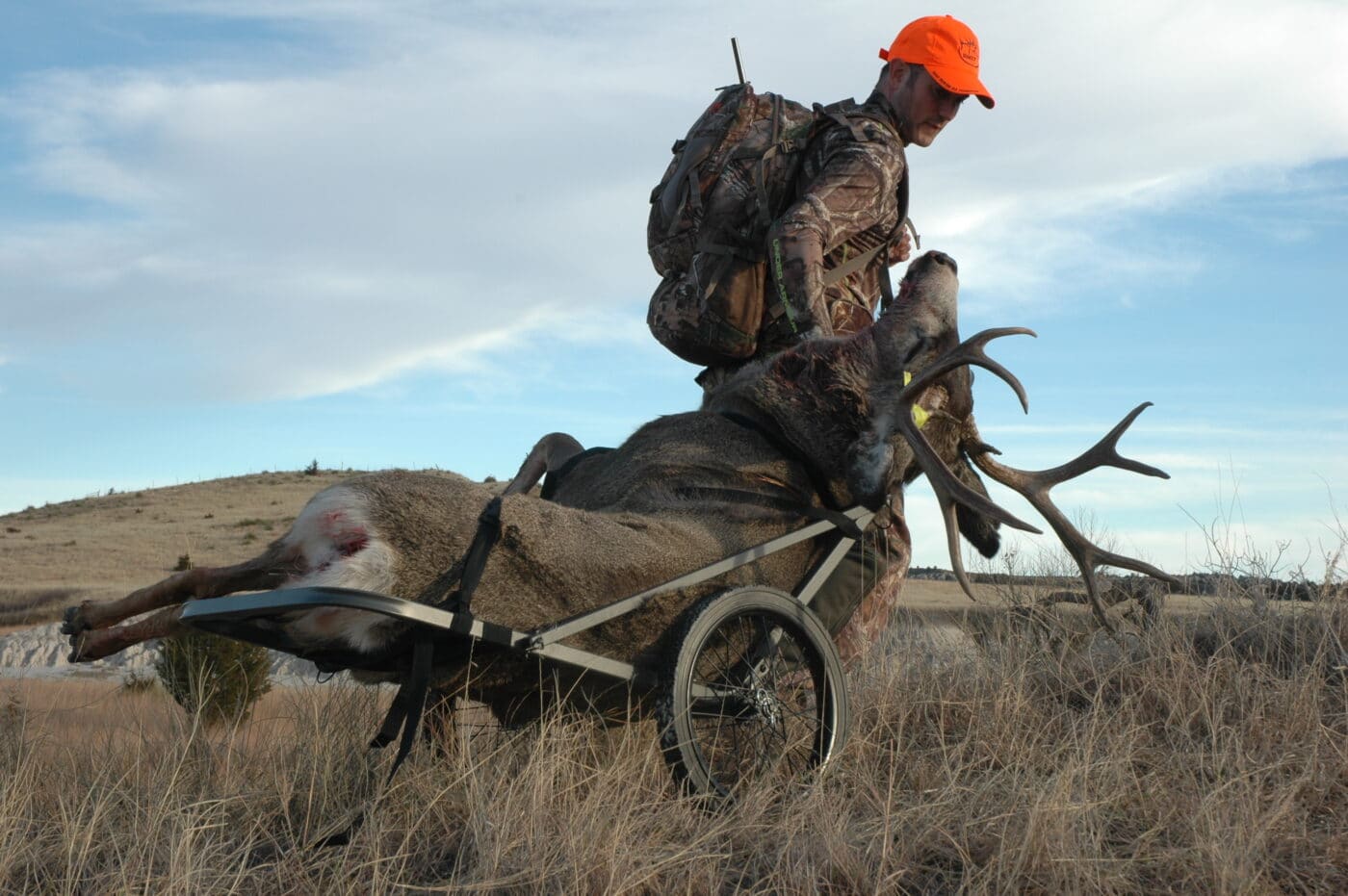
In 2018, a decade after the 6.5 Creedmoor’s debut, Hornady introduced a racier sequel. The 6.5 PRC (Precision Rifle Cartridge) derives from the .300 RCM (Ruger Compact Magnum), a rimless round Hornady had developed in 2008. It has a .532 head, same as belted magnums. As on the Creedmoor, the shoulder lies well back, to accommodate long bullets in short actions. According to Dave Emary, “George Gardner at GA Precision wanted a peppy short-action cartridge for PRS (Precision Rifle Series) shooters. When market forces delayed Hornady’s response to his pitch, George necked Remington’s 7mm Short Action Ultra Mag hulls to 6.5mm. Soon thereafter we reconfigured the RCM case.” The 6.5 PRC holds 62 grains of water, 9.5 grains more that the Creedmoor’s. At 2.955 inches, the loaded round is .13 longer. It drives a 143-grain ELD-X bullet at 2,960 fps. Supersonic reach is 1,650 yards, edging the Creedmooor’s 2,700 fps exit and supersonic range of 1,470 yards. The 6.5 PRC is available in hunting loads. I’ve used it on game as big as elk.
Reaching Out with a 6.5 Rifle
The greatest task I’ve yet given a 6.5 was a steel slab the size of a chest freezer, hung a measured mile off a windy Wyoming ridge. From stiff handloads, the .264 Magnum rifle was sending bullets long as knitting needles. I leaned into the sling, read the shifting mirage, timed the shot to my pulse, crushed the trigger. Again and again. At last, my pal caught a brief wink and wiggle in his spotting scope. “Your bullets took a long time figuring out the wind,” he drawled. “Can we leave now?”
FAQ on the 6.5 Creedmoor Cartridge
Since this article originally published, we have received many questions from readers about the 6.5 Creedmoor cartridge. Here are the most frequently asked along with our answers. – Editor
What Caliber Is 6.5 Creedmoor?
The 6.5 Creedmoor has a bullet diameter of .264″ or 6.72mm. It derives the “6.5” designation from the diameter of the rifle land which is .256″ or 6.5mm. This is the same diameter of the bullet and land for other 6.5 cartridges, including the 6.5 Grendel and 6.5x55mm Swedish cartridges.
How Far Can a 6.5 Creedmoor Shoot?
A 6.5 Creedmoor rifle can accurately shoot past 1,200 yards. At that distance, the shooter needs to calculate substantial bullet drop along with environmental factors to make hits.
The effective range for deer hunting with the 6.5 Creedmoor is closer to 500 yards. With proper skill and conditions, an experienced hunter with a quality hunting rifle should be able to anchor a game animal at that distance humanely.
What Is a 6.5 Creedmoor Rifle Good For?
The 6.5 Creedmoor cartridge and rifle are good for competition, hunting and precision shooting. For hunting, the 6.5 Creedmoor cartridge is suitable for medium- to large-sized game including deer, elk and ponghorn. Some hunters even use it for long-range varmint control.
These rifles have also proven to be very popular in Precision Rifle Series competitions.
What Size Suppressor for 6.5 Creedmoor?
For the 6.5 Creedmoor, any .30-caliber rifle suppressor will work extremely well.
Last update: October 4, 2023
Editor’s Note: Please be sure to check out The Armory Life Forum, where you can comment about our daily articles, as well as just talk guns and gear. Click the “Go To Forum Thread” link below to jump in!
Join the Discussion
Continue Reading
Did you enjoy this article?

 62
62





